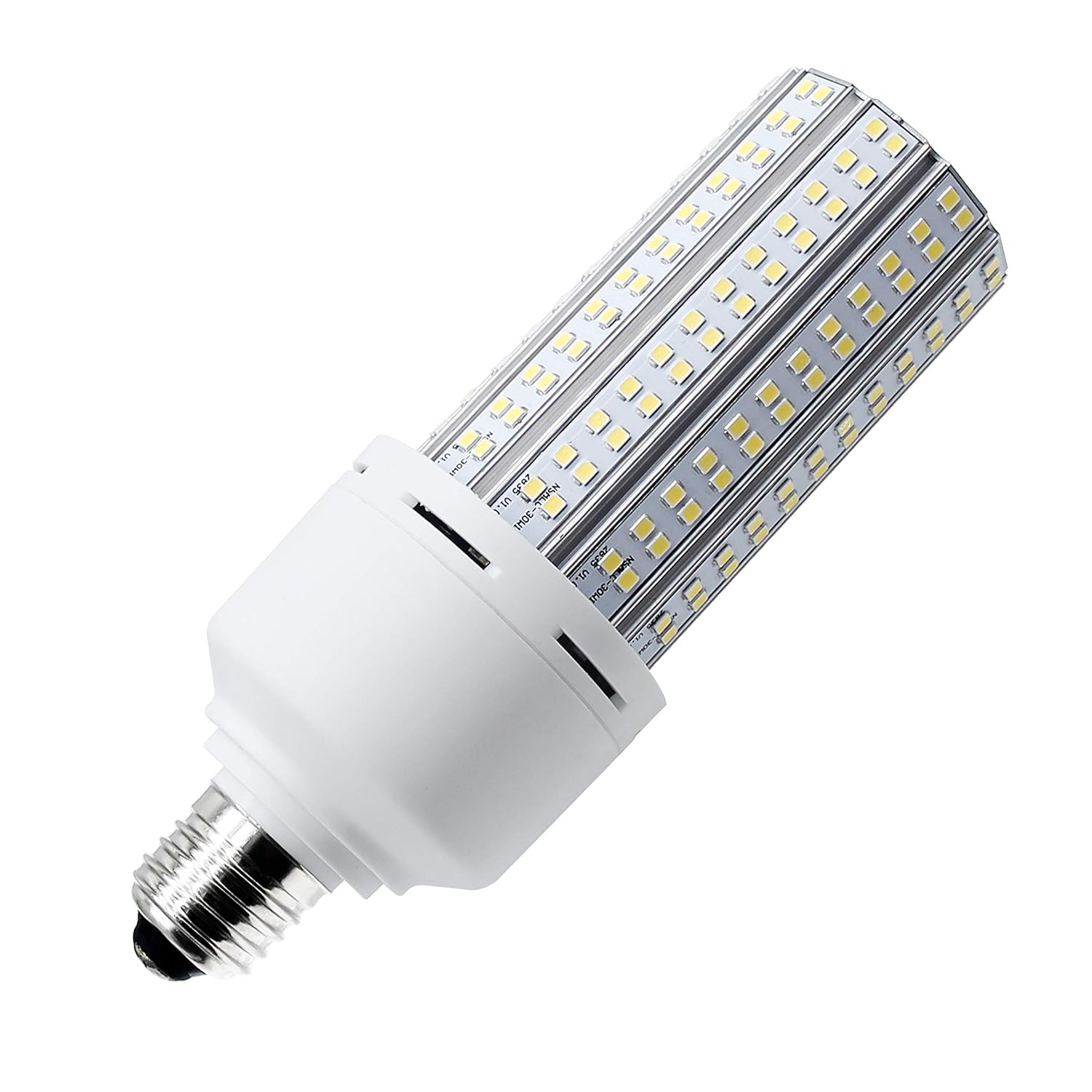

Articles
How Many Lumens Is A 75-Watt LED Bulb
Modified: February 22, 2024
Discover how many lumens a 75 watt LED bulb produces in this informative article. Learn more about LED technology and its energy-saving benefits.
(Many of the links in this article redirect to a specific reviewed product. Your purchase of these products through affiliate links helps to generate commission for Storables.com, at no extra cost. Learn more)
Introduction
In recent years, LED bulbs have gained immense popularity as energy-efficient lighting options. They not only consume less electricity but also have a longer lifespan compared to traditional incandescent bulbs. One important factor to consider when purchasing an LED bulb is the amount of light it produces, which is measured in lumens. Lumens determine the brightness of a bulb, and understanding how many lumens are emitted by a specific wattage can help you choose the right LED bulb for your needs.
LED bulbs have revolutionized the lighting industry by providing a cost-effective and environmentally friendly alternative to incandescent bulbs. Unlike traditional bulbs that emit light by heating a filament until it glows, LED bulbs use a semiconductor to produce light. This technology makes them more energy-efficient and durable, resulting in significant energy savings and reduced maintenance costs.
To accurately measure the brightness of an LED bulb, the unit of measurement used is lumens. Lumens measure the total amount of visible light emitted by a bulb, regardless of the direction in which it is emitted. The higher the number of lumens, the brighter the light produced by the bulb.
Traditionally, when purchasing incandescent bulbs, the intensity of the light was determined by the wattage. Higher wattage bulbs generally emitted more light. However, this is not the case with LED bulbs. LED technology allows manufacturers to create bulbs that emit high levels of brightness, even with lower wattages.
By understanding the different wattage options available for LED bulbs, you can make an informed decision based on your specific lighting needs. A commonly used wattage for household bulbs is 75 watts. However, when it comes to LED bulbs, the wattage does not directly correlate with brightness as it did with incandescent bulbs.
In the following sections, we will discuss the different wattages available for LED bulbs and delve into the specific lumen output of a 75 watt LED bulb. This will provide you with a clearer understanding of the brightness level you can expect from a 75 watt LED bulb compared to traditional incandescent bulbs. Let’s dive in and explore the world of lumens and LED lighting!
Key Takeaways:
- LED bulbs can achieve high brightness with lower wattages, making them energy-efficient and cost-effective compared to traditional incandescent bulbs.
- Understanding lumens is crucial for selecting the right LED bulb, as it determines the brightness level and energy efficiency, leading to long-term cost savings.
Understanding Lumens
To understand lumens, it is essential to distinguish them from another common term used in lighting: watts. Wattage refers to the amount of power consumed by a bulb, whereas lumens measure the actual brightness of the light emitted. In the past, when incandescent bulbs were the primary lighting choice, the relationship between wattage and brightness was straightforward. Higher wattage bulbs produced more light. However, with the advent of LED technology, this correlation has changed.
With LED bulbs, the same level of brightness can be achieved with significantly lower wattage compared to incandescent bulbs. This is because LED technology is much more efficient in converting electrical energy into visible light. LEDs produce minimal heat and maximize light output, allowing for higher lumens per watt.
To determine the appropriate lumen output for your lighting needs, consider the space you want to light and the desired level of brightness. Different areas of a home or workspace may require different levels of illumination. For example, a kitchen or workspace may benefit from a higher lumen output for better visibility, while a bedroom or living room may require a softer, dimmer light.
It’s important to note that lumens alone do not provide the complete picture of light quality. Other factors, such as color temperature and CRI (Color Rendering Index), also play a role in determining the overall lighting experience. Color temperature refers to the perceived warmth or coolness of light, while CRI measures how accurately colors appear under a particular light source. These factors, along with lumens, should be considered when choosing the right LED bulb for your specific lighting needs.
One way to understand lumens is by comparing them to the brightness of familiar objects. For example, a standard 40-watt incandescent bulb produces approximately 450 lumens, while a 60-watt bulb emits around 800 lumens. By knowing these reference points, you can gauge the brightness level you desire and select an LED bulb with the corresponding lumen output.
It’s worth mentioning that the lumen output can vary among different LED bulbs, even at the same wattage. This is due to variations in LED chip quality, design, and efficiency. Therefore, it’s always advisable to check the product specifications and customer reviews to ensure you’re choosing an LED bulb with the desired brightness level.
Now that you have a better understanding of lumens and how they relate to LED lighting, let’s explore the specific lumen output of a 75 watt LED bulb and compare it to traditional incandescent bulbs in the next section.
The Different Wattage of LED Bulbs
LED bulbs come in a variety of wattages to meet different lighting requirements. Unlike traditional incandescent bulbs, where higher wattages typically meant brighter light, LED bulbs can produce the same or even higher levels of brightness with lower wattages. This is due to the energy-efficient nature of LED technology.
Common wattages for LED bulbs range from as low as 3 watts to as high as 100 watts or more. The choice of wattage depends on the specific application and desired level of brightness. Here are some commonly available wattages for LED bulbs and their typical uses:
1. 3-5 watts: These low-wattage LED bulbs are commonly used for accent lighting, such as in decorative fixtures or to highlight specific areas or objects in a room. They provide a soft and subtle illumination.
2. 6-9 watts: LED bulbs in this wattage range are suitable for general ambient lighting in small rooms or as task lighting in work areas. They offer a moderate level of brightness and can be used in table lamps, pendant lights, or sconces.
3. 10-14 watts: This wattage range provides a brighter light output, suitable for larger rooms or areas that require more illumination. They can be used in ceiling fixtures, track lighting, or outdoor floodlights.
4. 15-20 watts: LED bulbs in this range are capable of producing a high level of brightness. They are commonly used for task lighting in kitchens, workshops, or commercial spaces.
5. 25-40 watts: LED bulbs with these wattages are ideal for rooms or areas that require ample lighting, such as living rooms, dining rooms, or offices. They offer a bright and energetic illumination.
It’s important to note that the lumen output may vary among LED bulbs with the same wattage. Factors such as the quality of the LED chips, design, and efficiency can affect the brightness level. Therefore, it’s always recommended to check the product specifications and customer reviews to ensure you’re selecting an LED bulb that meets your desired level of brightness.
LED technology allows for greater customization and flexibility in lighting choices. By understanding the different wattages available for LED bulbs, you can select the appropriate brightness level to suit your needs and create the desired lighting ambiance in your space.
Now that we understand the range of wattages available for LED bulbs, let’s explore the lumen output specifically for a 75 watt LED bulb in the next section.
A 75 watt LED bulb typically produces around 1100-1200 lumens, which is equivalent to the brightness of a traditional 75 watt incandescent bulb. Always check the packaging for the specific lumen output of the LED bulb you are considering.
Lumens of a 75 Watt LED Bulb
When it comes to LED bulbs, the wattage does not directly correlate with brightness as it did with incandescent bulbs. LED technology allows for higher levels of brightness with lower wattages. So, what can we expect in terms of lumens from a 75 watt LED bulb?
A 75 watt LED bulb typically produces around 1100 to 1300 lumens of light output. However, it’s important to note that the exact lumen output may vary depending on the specific LED bulb model and brand. It is always recommended to refer to the manufacturer’s specifications for accurate lumen information.
Compared to traditional incandescent bulbs, which emit a similar amount of light with a 75 watt rating, the LED equivalent is substantially more energy-efficient. While a traditional incandescent 75 watt bulb may consume 75 watts of power and produce around 950 lumens, an LED bulb with the same brightness can achieve the same or even greater lumen output with significantly lower wattage.
To put it into perspective, an LED bulb with a lumen output of 1200 lumens can provide similar brightness to a traditional 75 watt incandescent bulb while consuming only about 13-15 watts of power. This significant reduction in energy consumption makes LED bulbs a more cost-effective and environmentally friendly choice for lighting.
In addition to energy efficiency, LED bulbs have other advantages. They have a longer lifespan, typically ranging from 20,000 to over 50,000 hours, compared to the average lifespan of about 1,000 hours for incandescent bulbs. LED bulbs are also more durable and resistant to shock and vibration, making them suitable for various applications and environments.
By selecting a 75 watt LED bulb, you can enjoy the brightness and illumination you desire while enjoying the benefits of energy efficiency, durability, and a longer lifespan. It’s important to note that the lumen output may vary among different brands and models, so it’s always advisable to check the product specifications to ensure the desired level of brightness.
Now that we have discussed the lumen output of a 75 watt LED bulb, let’s compare the lumens of LED bulbs to traditional incandescent bulbs in the next section.
Comparing Lumens of LED Bulbs to Incandescent Bulbs
When it comes to lighting, it is essential to understand the differences in lumen output between LED bulbs and traditional incandescent bulbs. LED bulbs offer numerous advantages over incandescent bulbs, including energy efficiency, longer lifespan, and reduced environmental impact. Comparing the lumens of LED bulbs to incandescent bulbs can help you make an informed decision when transitioning to LED lighting.
To provide a reference point for comparison, let’s consider the lumen output of a typical incandescent bulb. A standard incandescent bulb rated at 60 watts emits approximately 800 lumens of light. In contrast, an LED bulb with the same brightness can achieve the same or even higher lumen output with significantly lower wattage consumption.
For instance, an LED bulb producing 800 lumens of light may only require 8-10 watts of power, making it much more energy-efficient than its incandescent counterpart. This significant reduction in wattage not only translates into cost savings on electricity bills but also reduces the environmental impact by lowering carbon emissions.
When it comes to higher lumen outputs, such as a 100-watt incandescent bulb, the comparison becomes even more impressive. While a 100-watt incandescent bulb typically emits around 1600 lumens, an LED bulb with the same brightness can achieve the same or even higher lumen output with wattage ranging between 15-20 watts. This demonstrates the significant energy-saving potential of LED technology.
Additionally, LED bulbs maintain their lumen output over time, unlike incandescent bulbs that tend to lose brightness as they age. LED bulbs have a longer lifespan, typically lasting 20-50 times longer than incandescent bulbs. This means less frequent bulb replacements, further reducing maintenance costs and environmental waste.
It’s important to note that the lumen output can vary among different brands and models of LED bulbs, even at the same wattage. This variation is due to differences in LED chip quality, design, and efficiency. It’s always recommended to check the product specifications and customer reviews to ensure you select an LED bulb with the desired brightness level.
In summary, LED bulbs outshine traditional incandescent bulbs in terms of lumen output, energy efficiency, lifespan, and overall sustainability. LED technology allows for higher lumens per watt, providing the same or even greater brightness while consuming significantly less power. By transitioning to LED lighting, you can enjoy the benefits of cost savings, environmental conservation, and a more reliable and efficient lighting solution.
Read more: How Many Lumens In 40-Watt LED Bulb
Conclusion
LED bulbs have revolutionized the lighting industry with their energy efficiency, longevity, and versatility. Understanding lumens and the relationship between wattage and brightness is crucial when choosing the right LED bulb for your lighting needs.
Unlike traditional incandescent bulbs, which relied on higher wattages for brighter light, LED technology allows for higher lumens per watt. This means that LED bulbs can achieve the same or even higher levels of brightness with significantly lower wattages, resulting in cost and energy savings.
A 75 watt LED bulb typically produces around 1100 to 1300 lumens, providing ample brightness for various applications, whether it’s for general ambient lighting or task lighting in specific areas. The accurate lumen output may vary among different LED bulb models, so it’s essential to refer to the manufacturer’s specifications for precise information.
LED bulbs outshine traditional incandescent bulbs when it comes to lumen output, energy efficiency, longevity, and overall sustainability. By transitioning to LED lighting, you can reduce energy consumption, lower electricity bills, and contribute to a greener environment.
It’s worth mentioning that LED bulbs offer numerous other advantages, including a longer lifespan, durability, and resistance to shock and vibration. The extended lifespan of LED bulbs translates into fewer replacements, reducing maintenance costs and environmental waste.
When comparing lumens between LED bulbs and incandescent bulbs, it becomes evident that LED technology far surpasses its traditional counterpart in terms of energy efficiency. An LED bulb with the same lumen output as an incandescent bulb can achieve this brightness with significantly lower wattage, resulting in substantial energy savings over time.
In conclusion, LED bulbs provide a reliable, efficient, and environmentally friendly lighting solution. By understanding lumens and the different wattages available for LED bulbs, you can make educated decisions when selecting the right LED bulb for your specific lighting needs. Embrace the benefits of LED technology and enjoy brighter, more sustainable lighting in your home or workspace.
Frequently Asked Questions about How Many Lumens Is A 75-Watt LED Bulb
Was this page helpful?
At Storables.com, we guarantee accurate and reliable information. Our content, validated by Expert Board Contributors, is crafted following stringent Editorial Policies. We're committed to providing you with well-researched, expert-backed insights for all your informational needs.
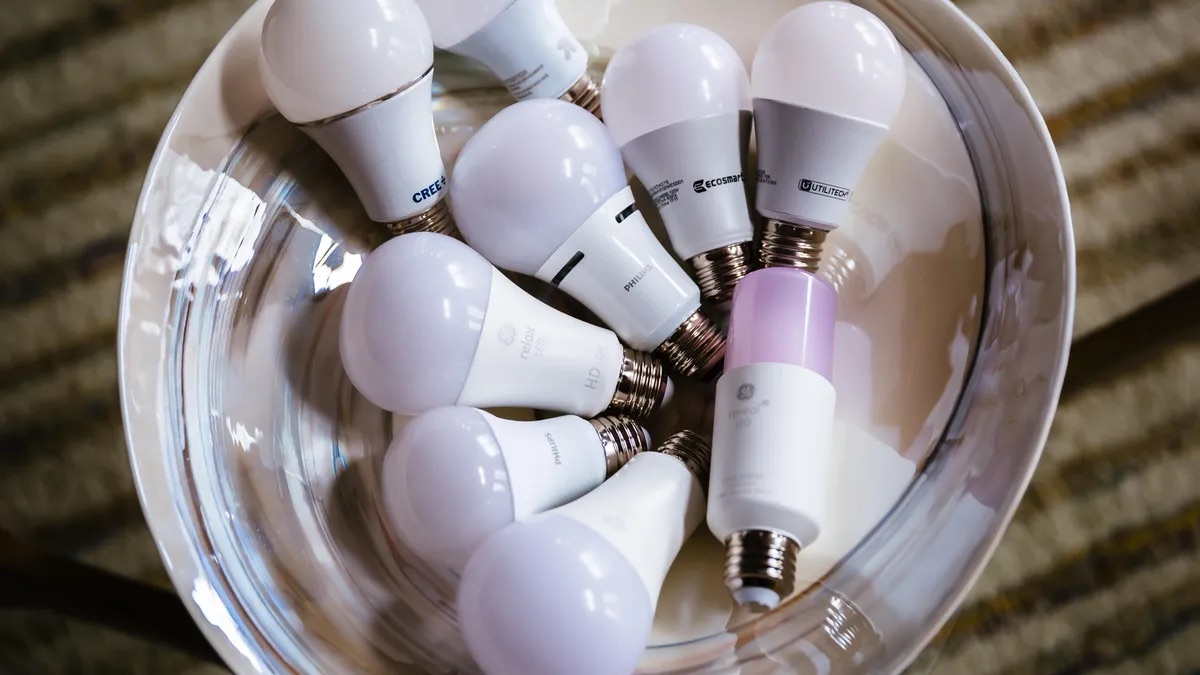
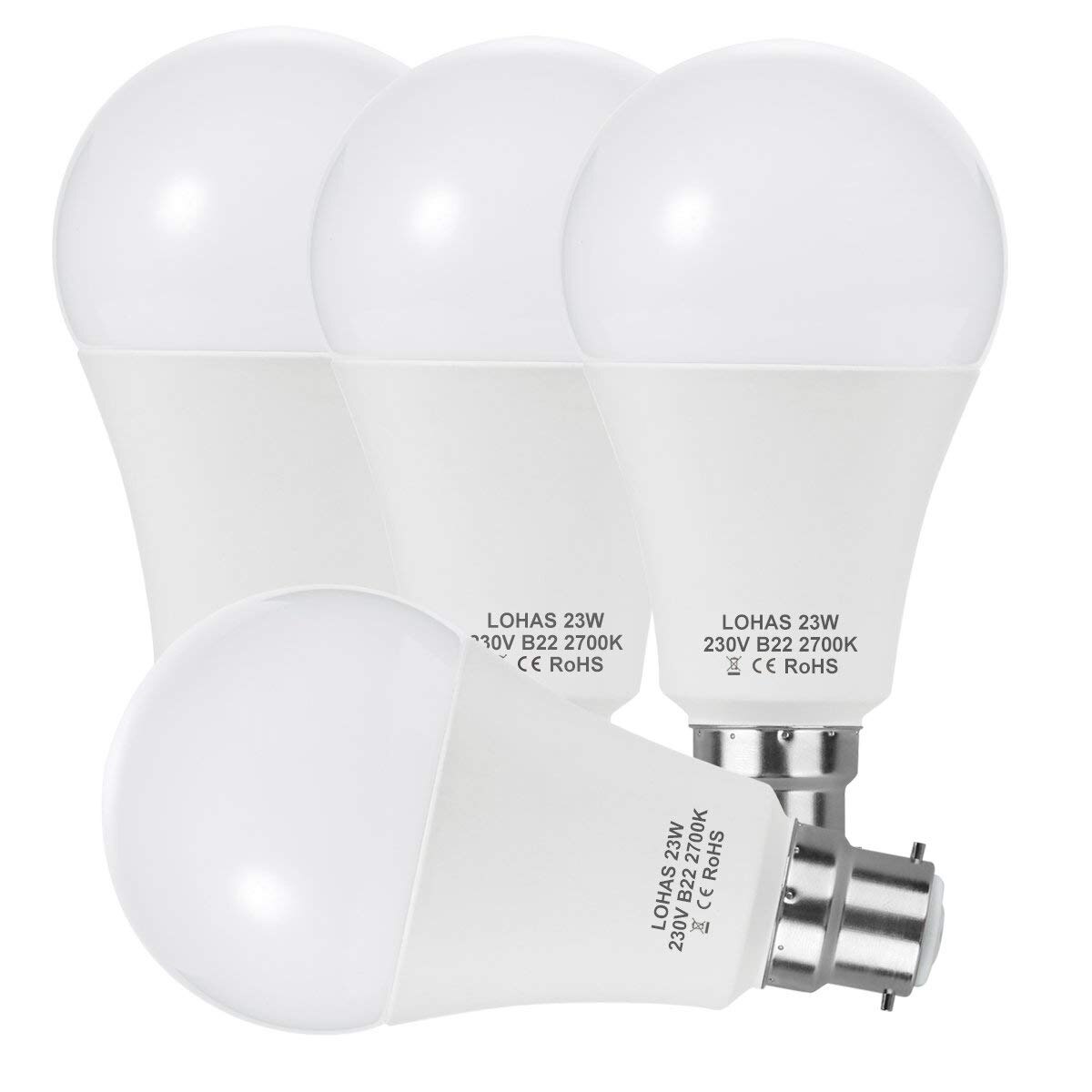
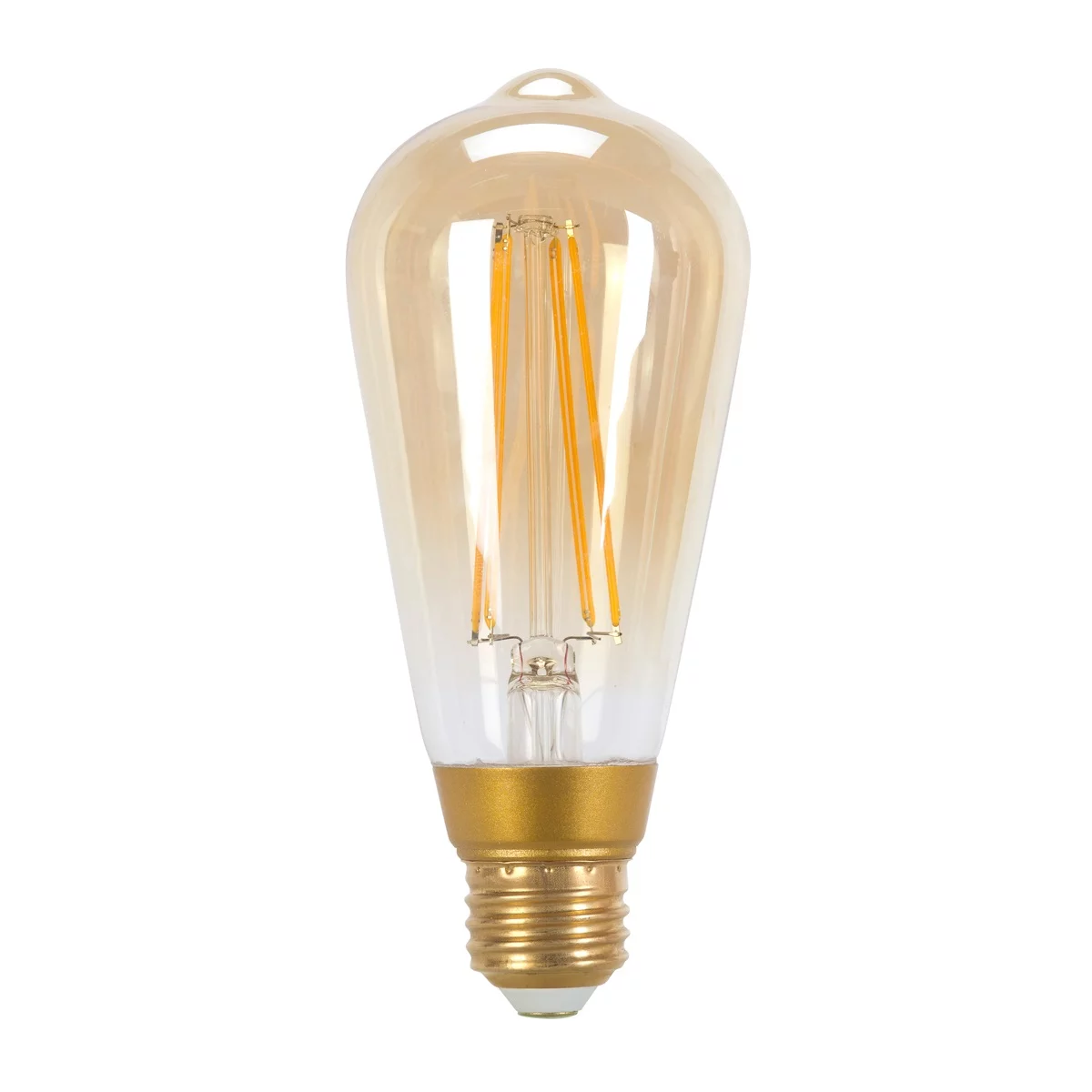
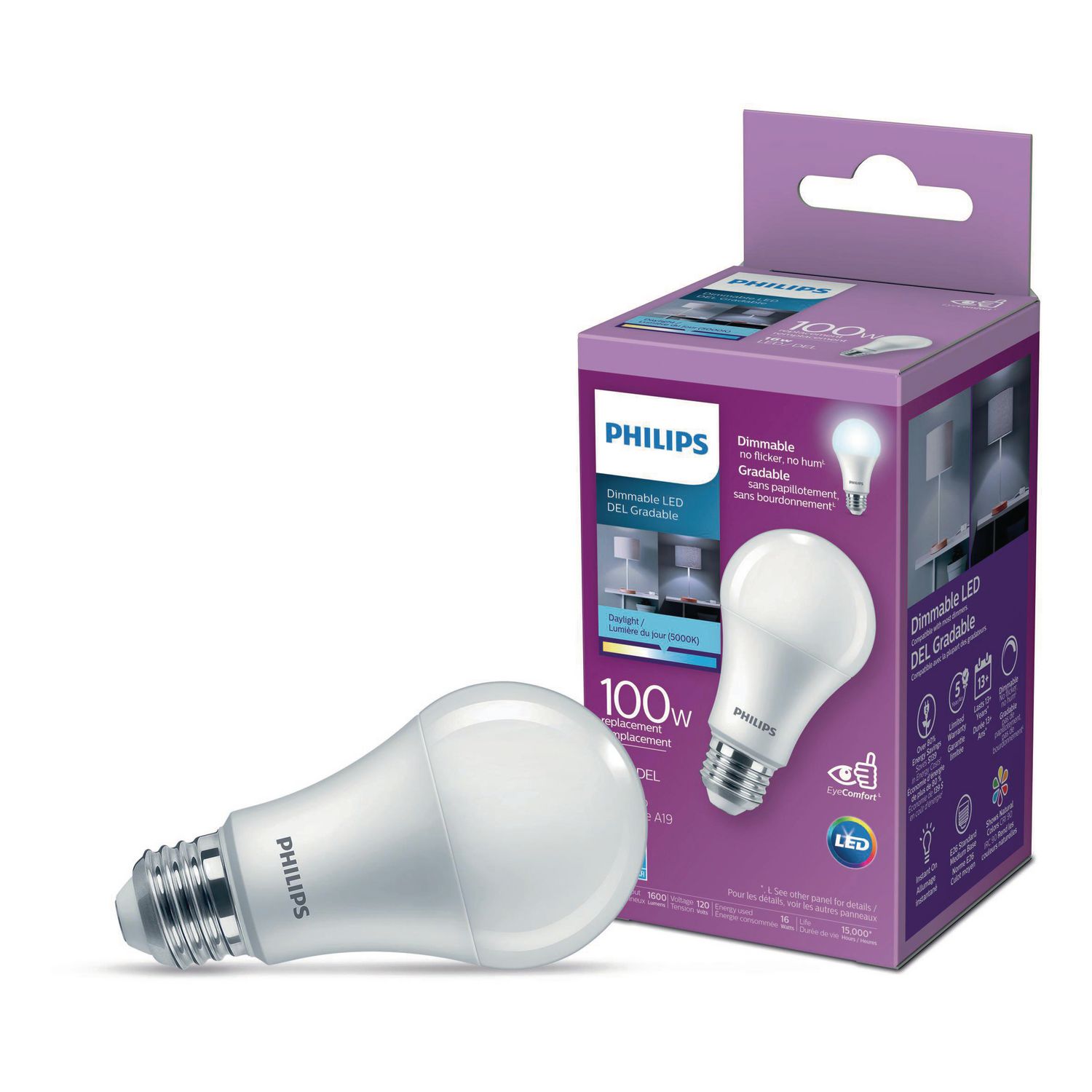
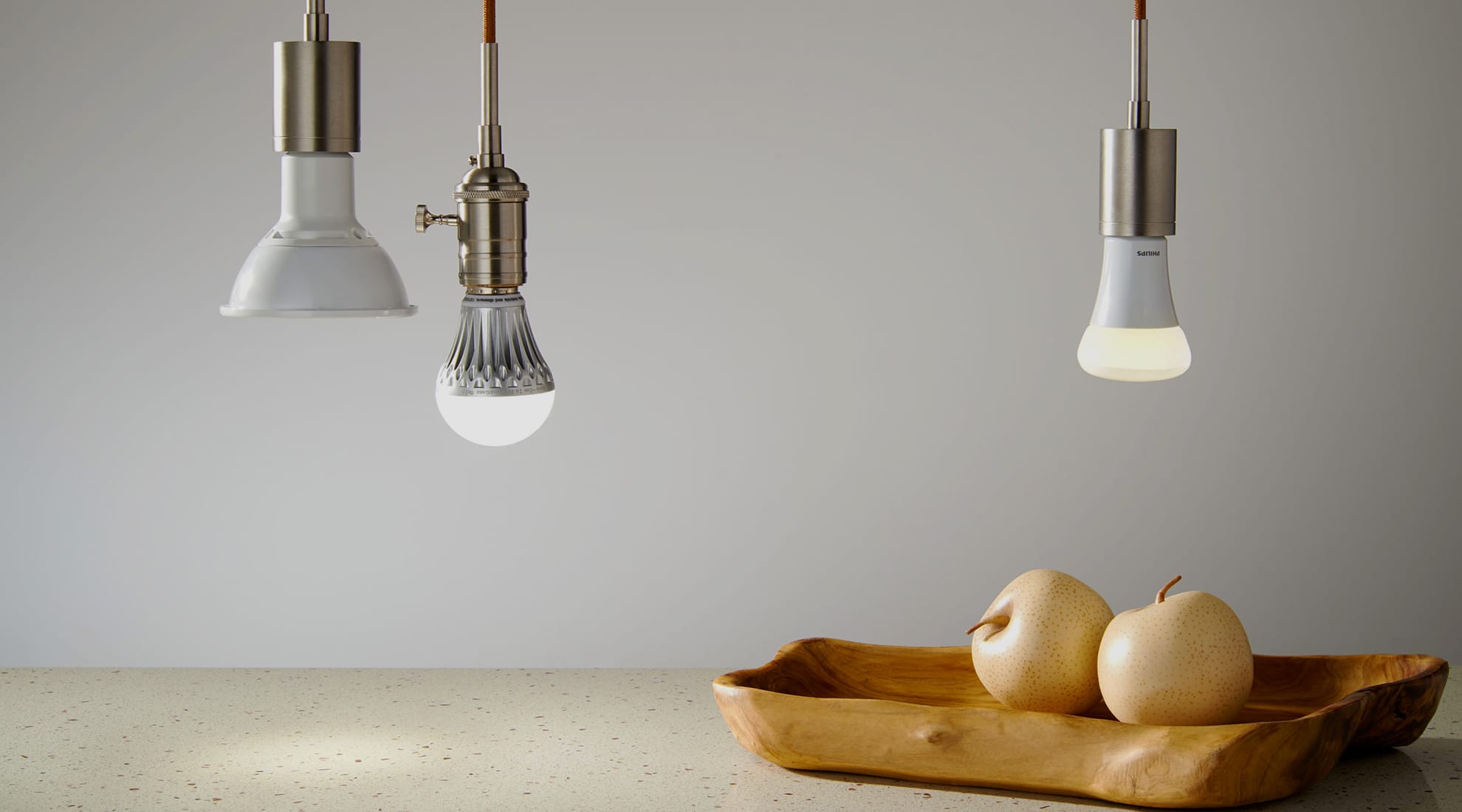
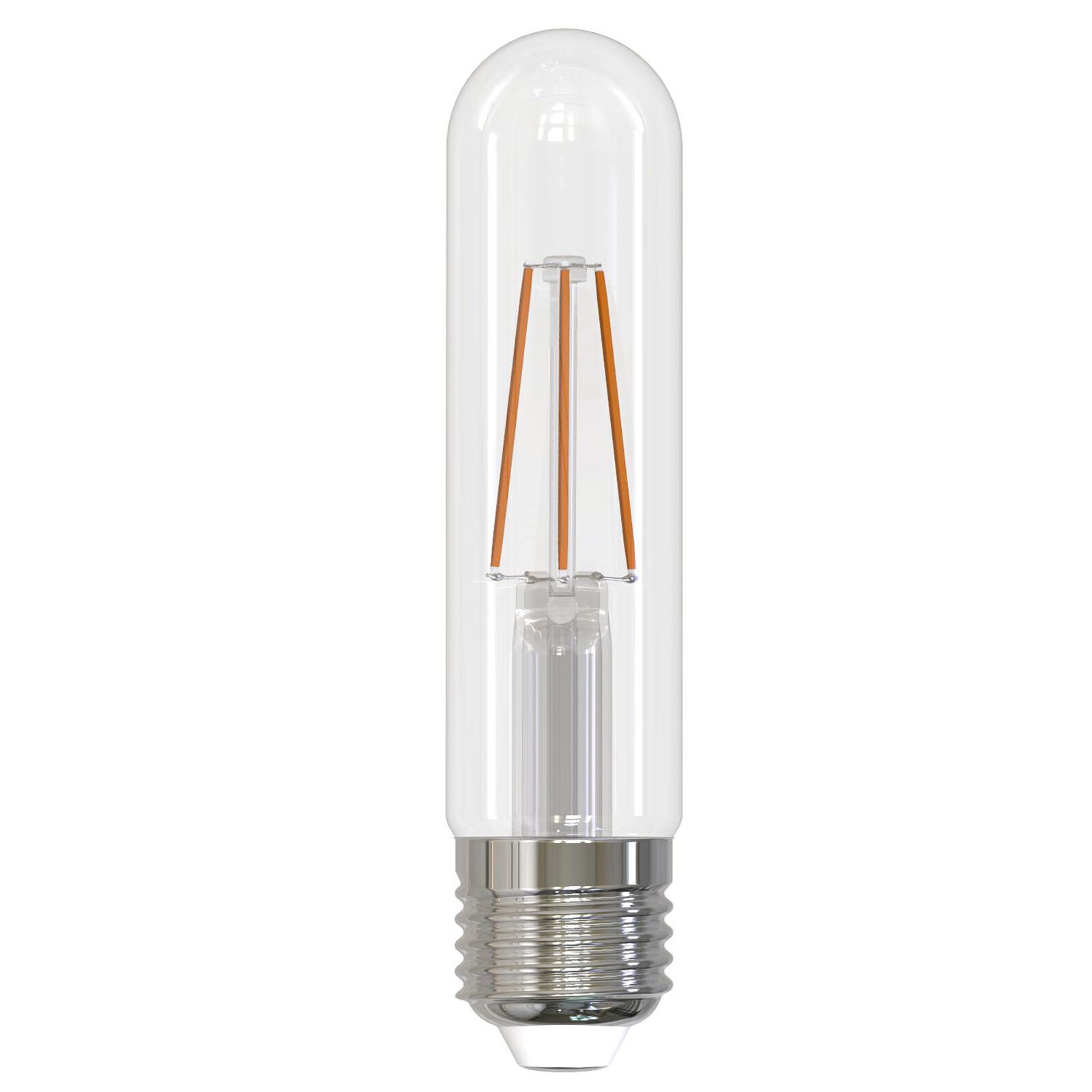
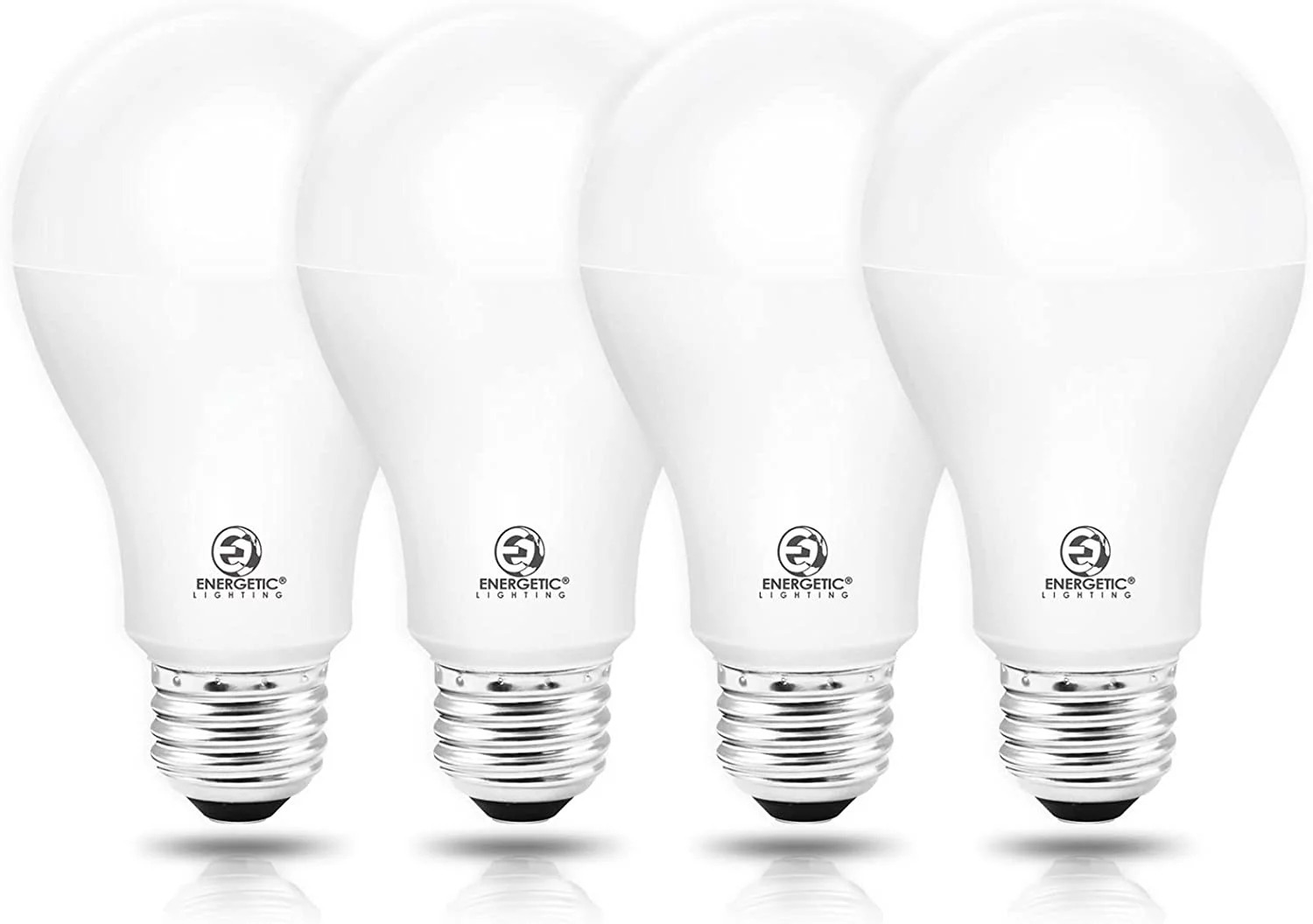
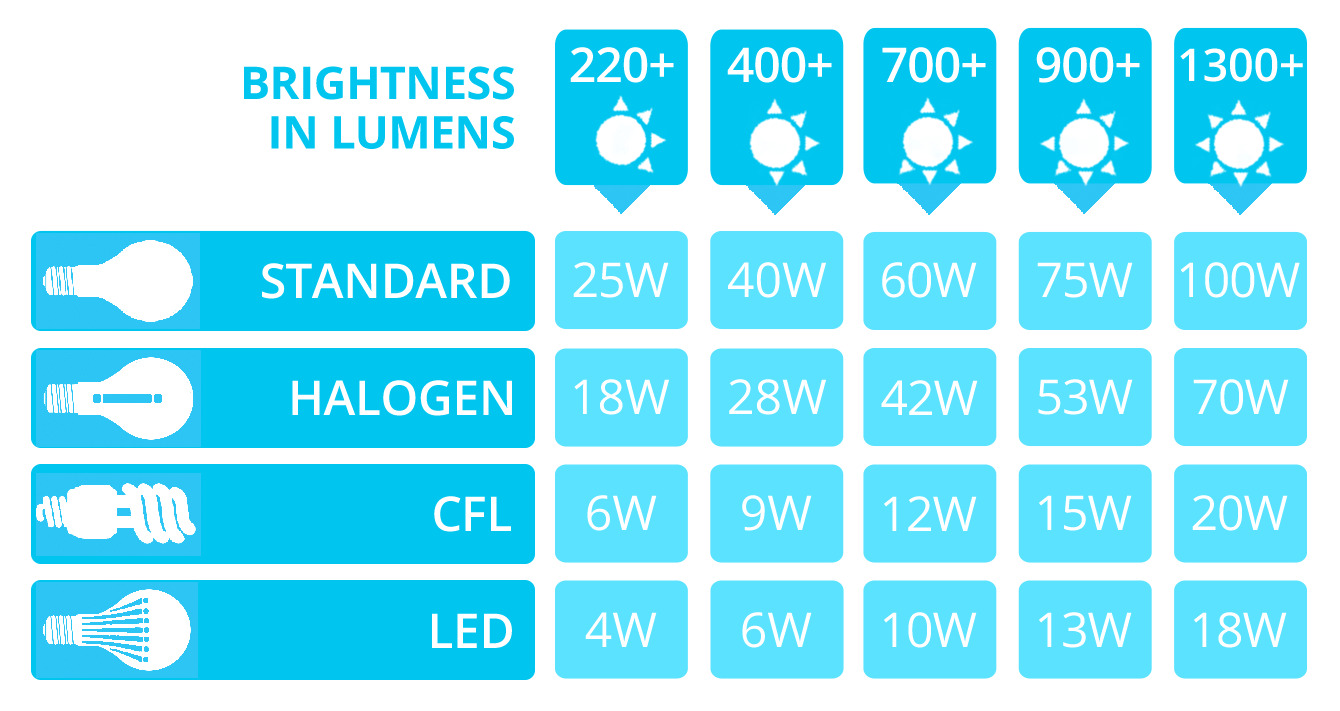
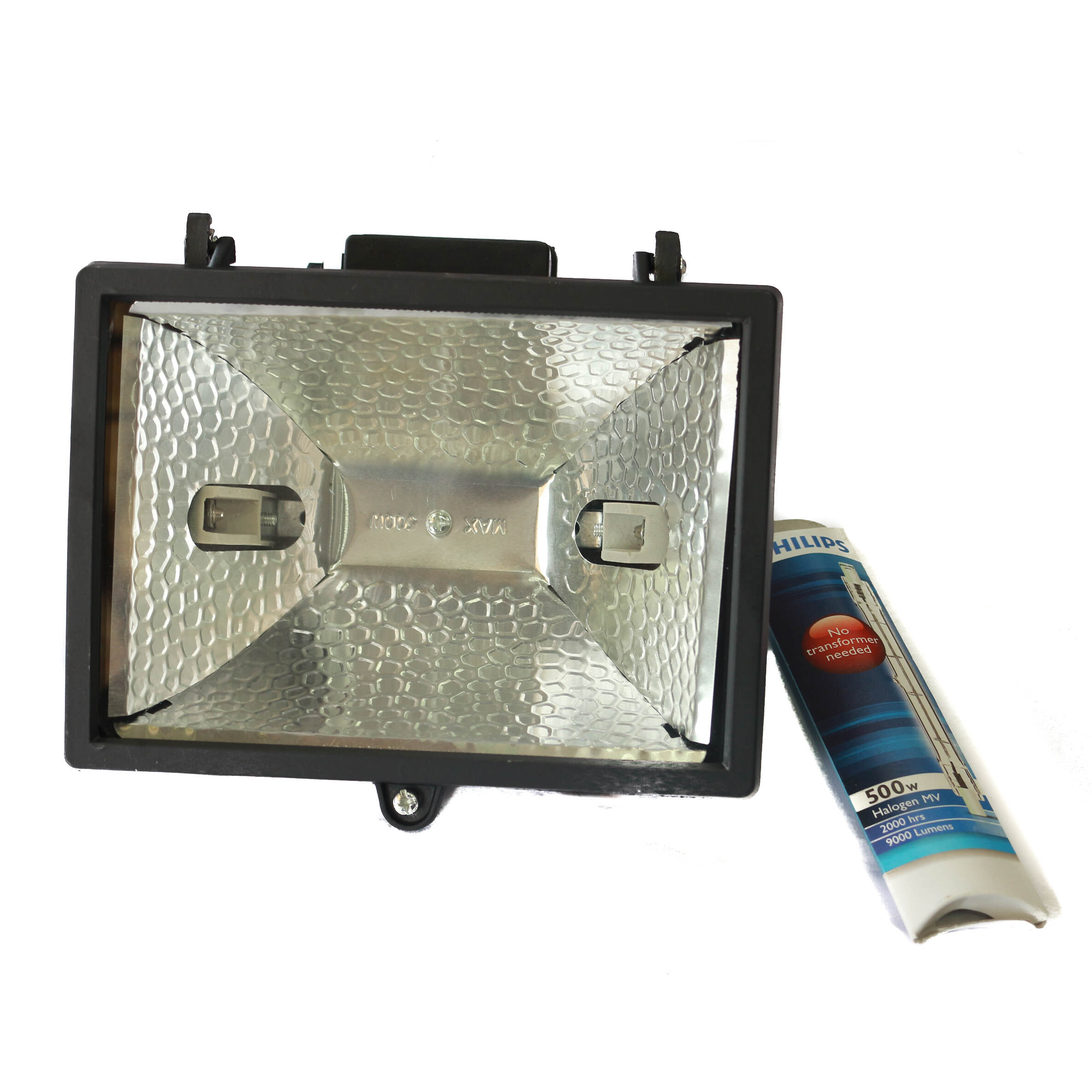
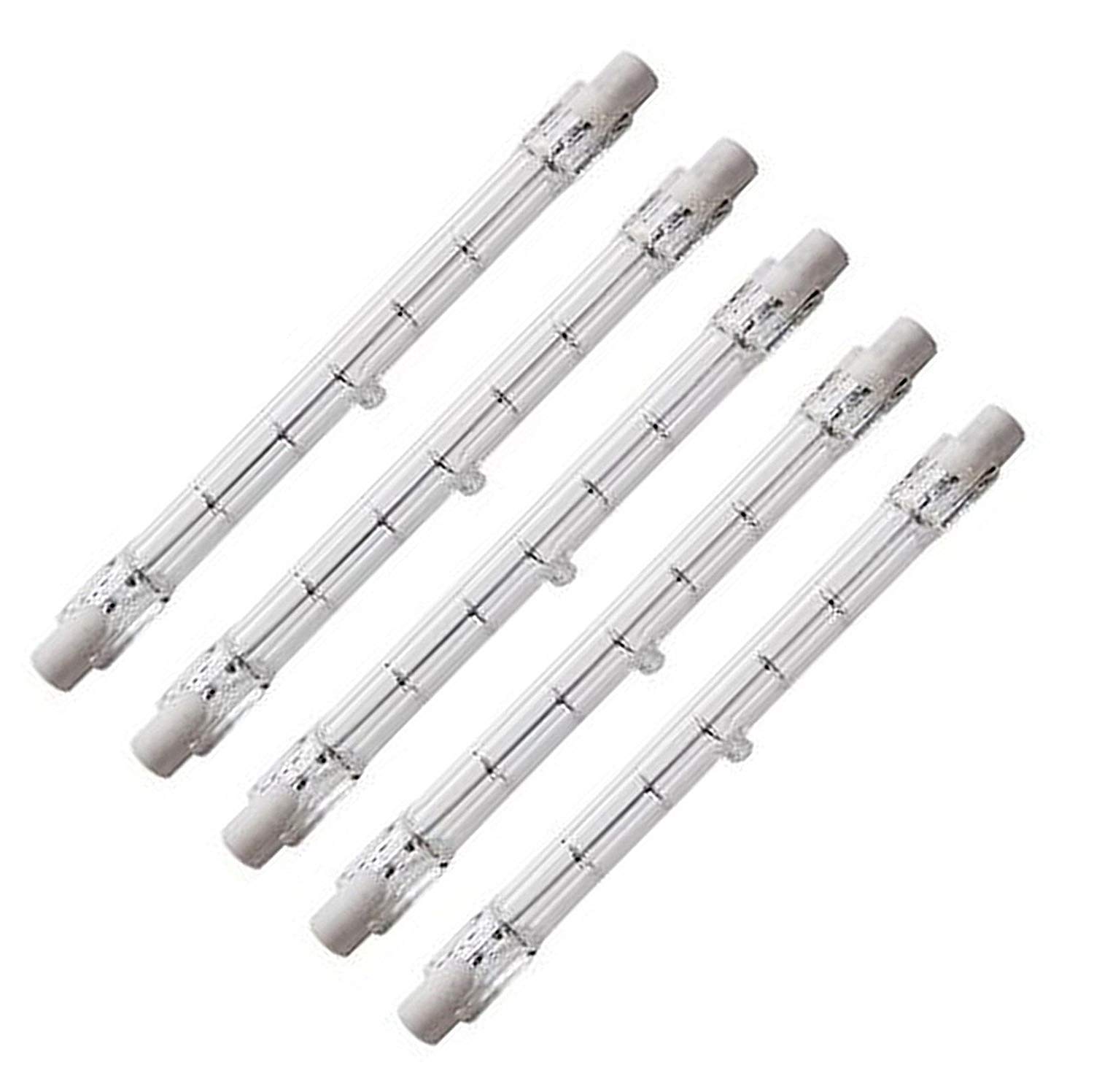
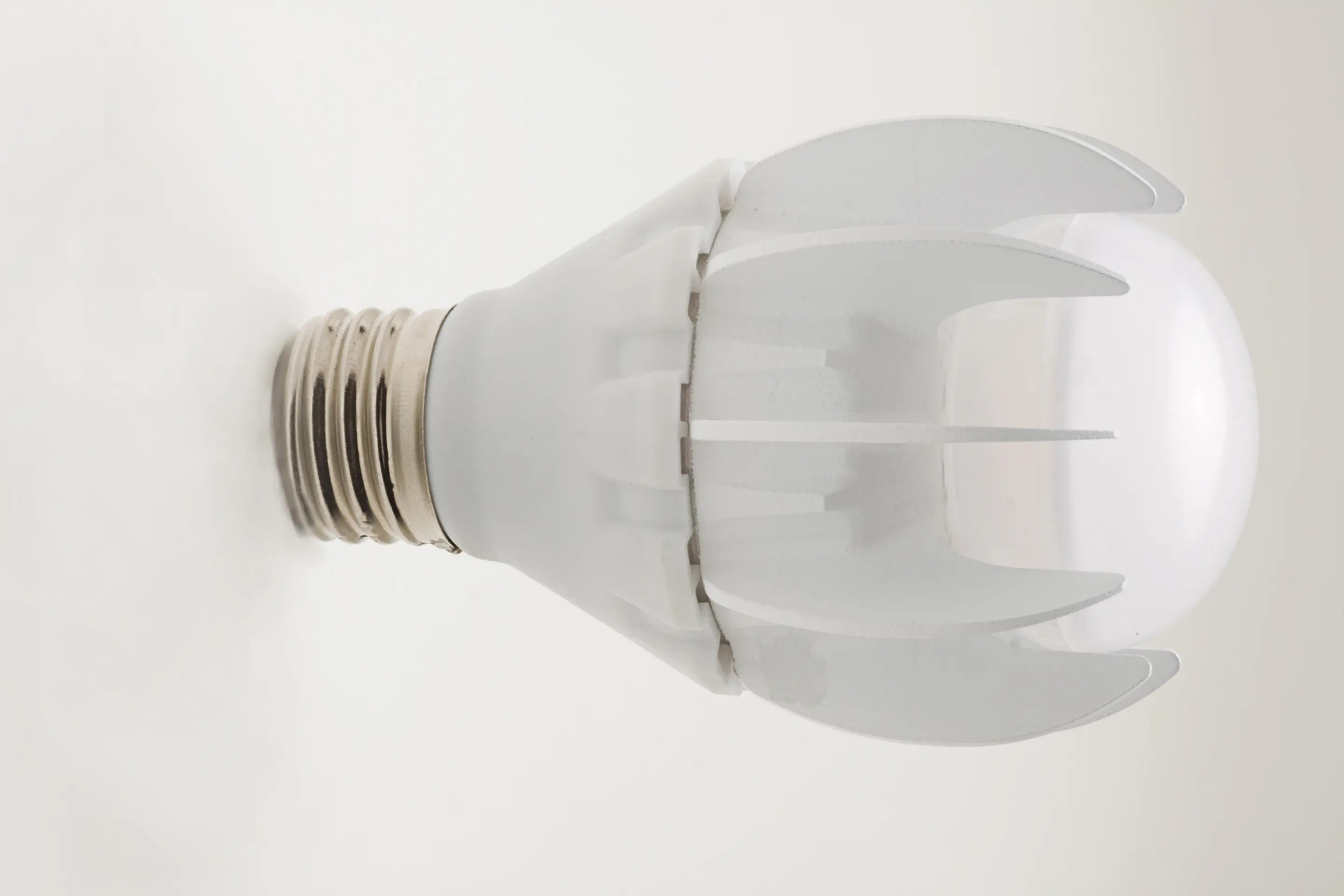
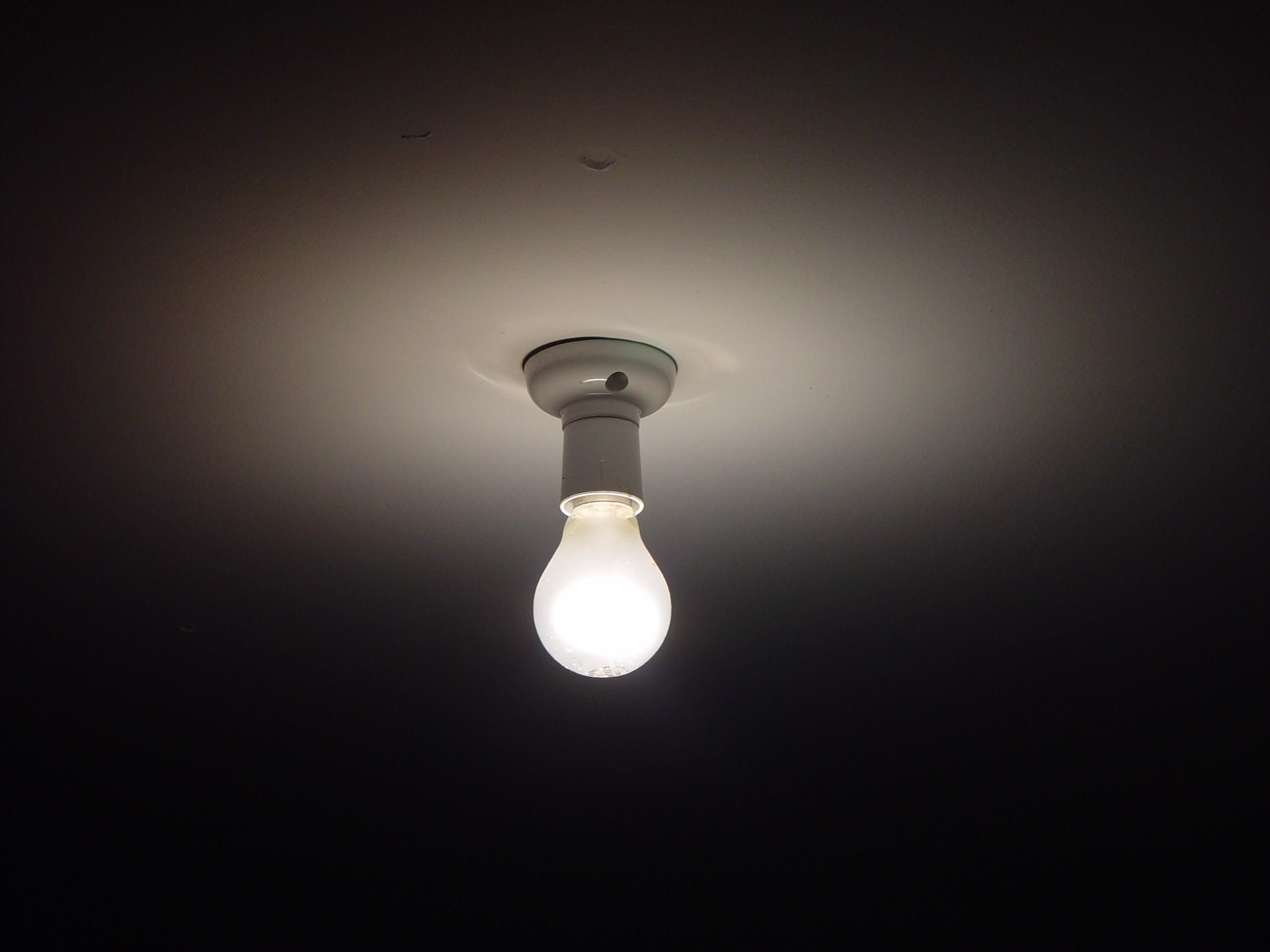
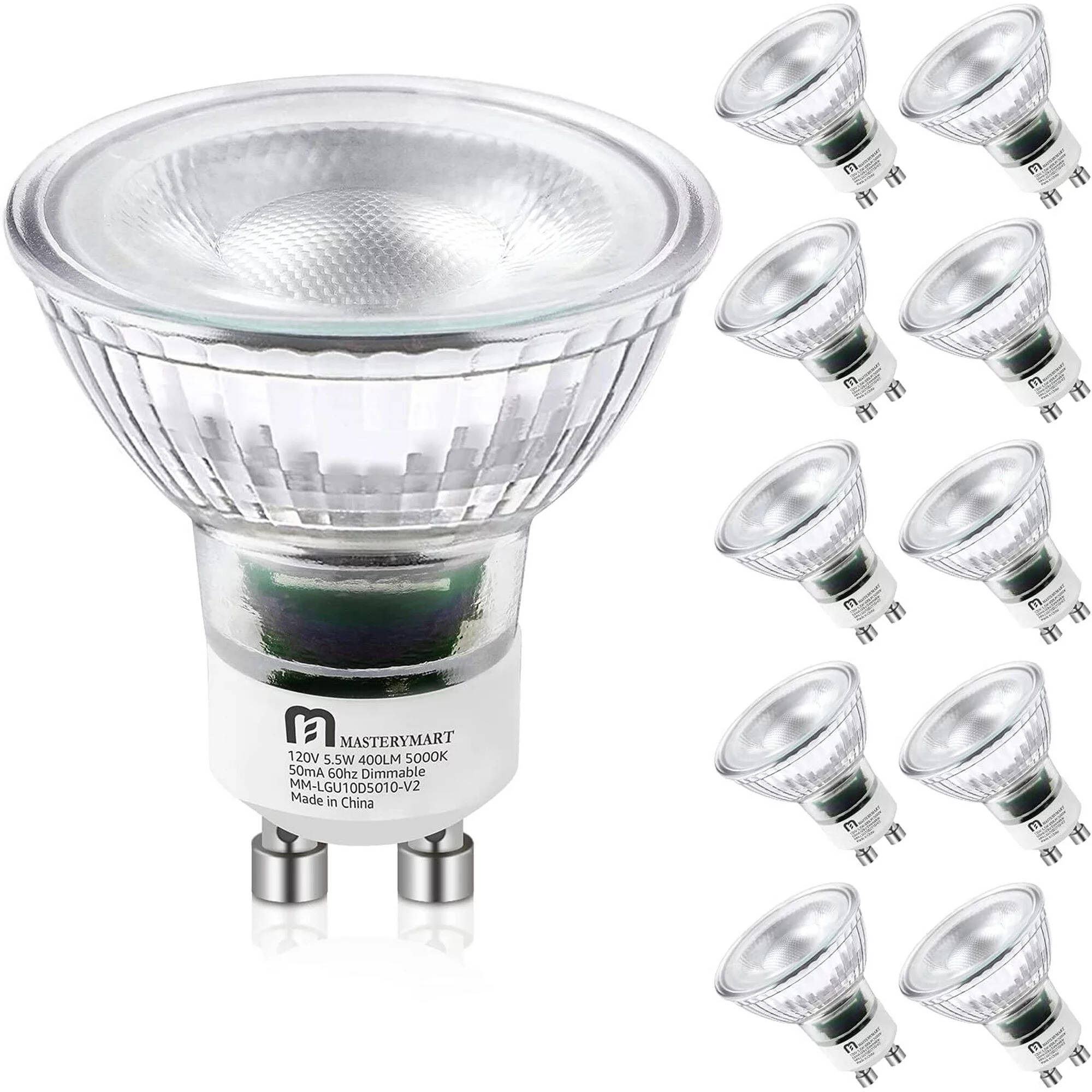
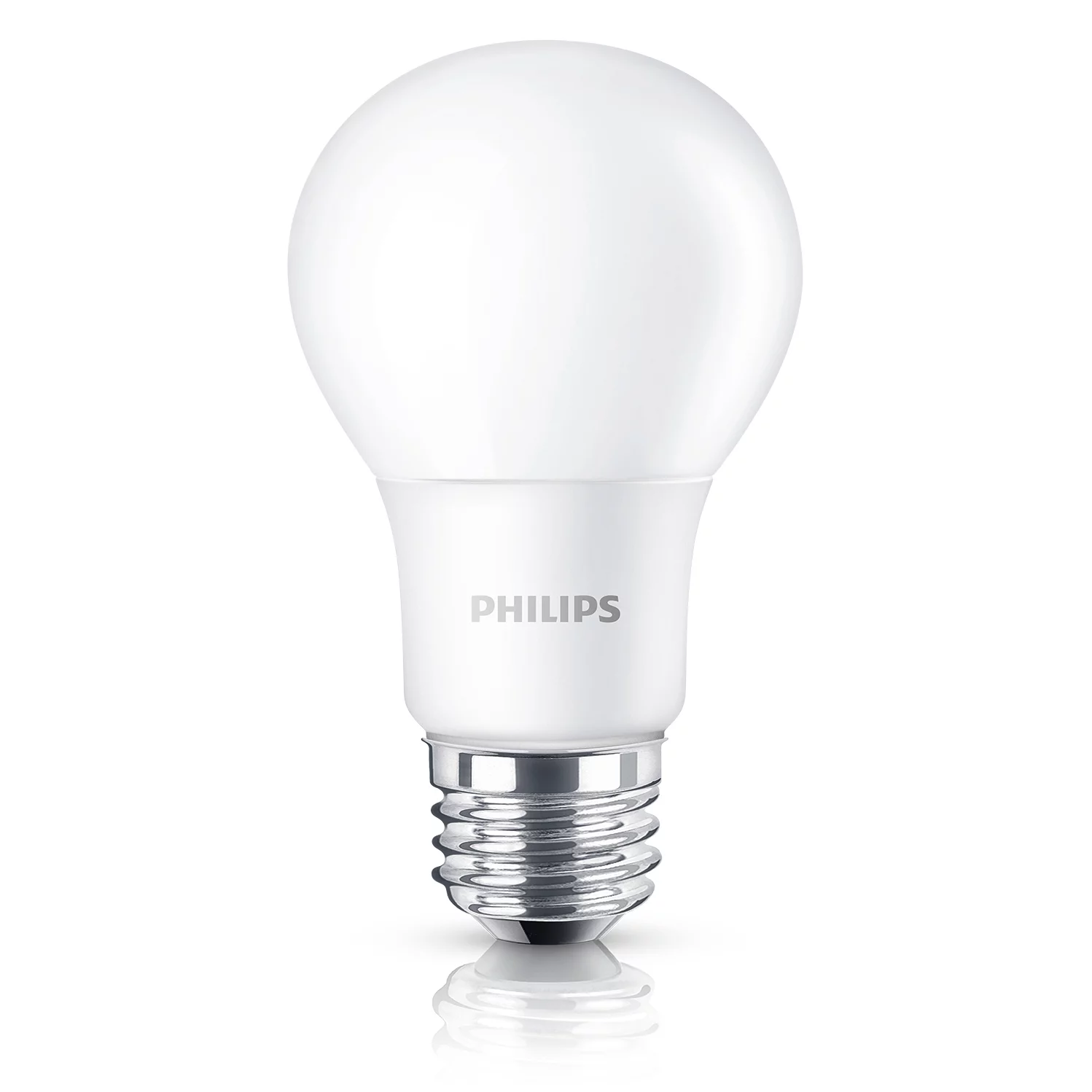

0 thoughts on “How Many Lumens Is A 75-Watt LED Bulb”